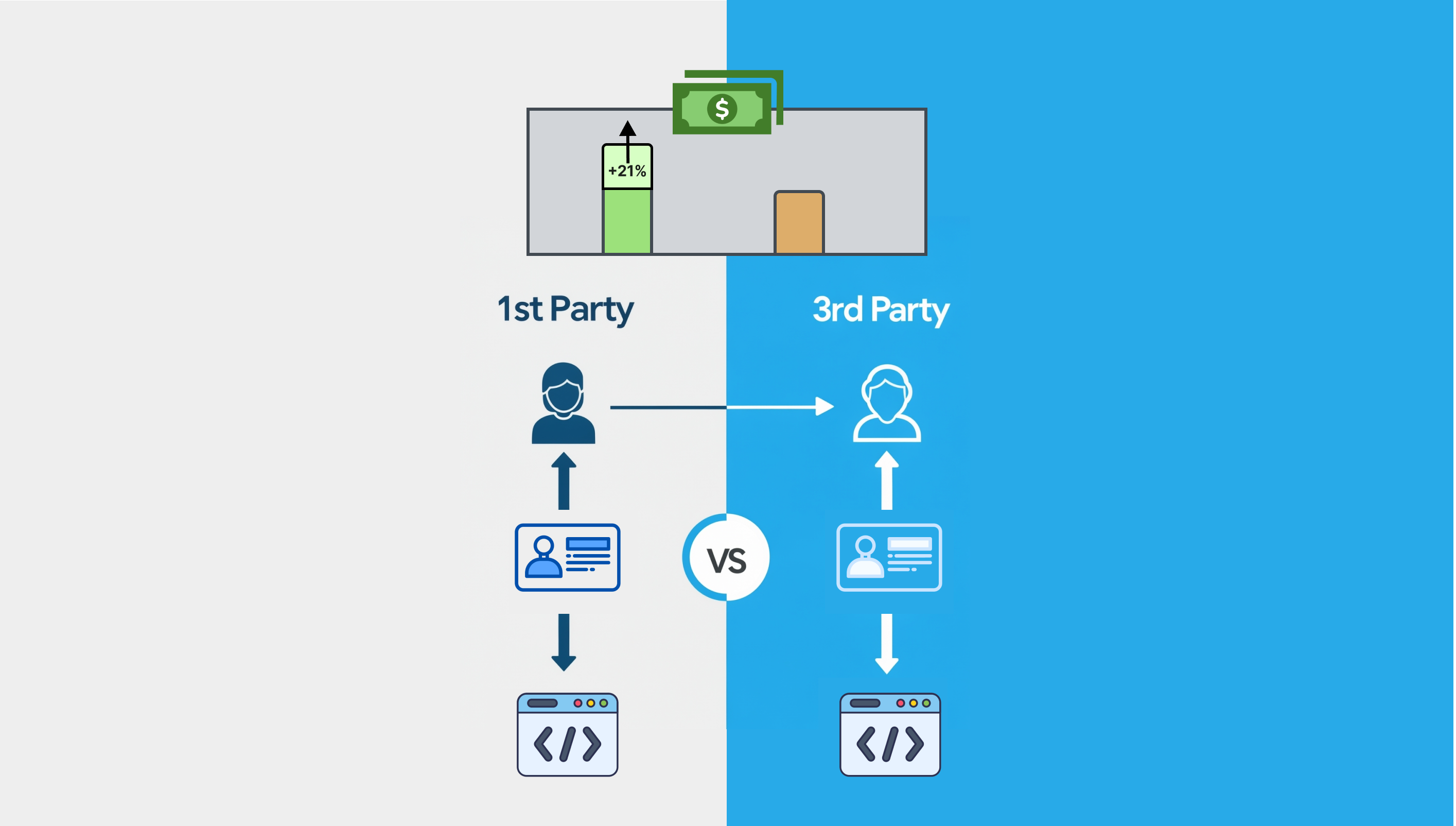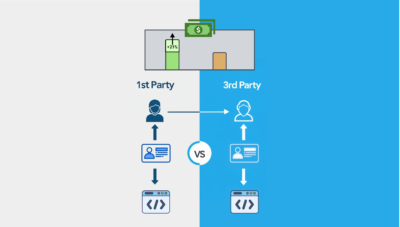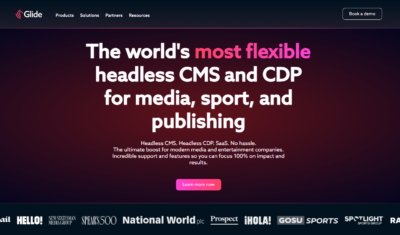As the publishing industry undergoes a fundamental shift away from third-party data reliance, publishers are discovering the power of first-party data to reshape their business models. This article marks the final installment in our series exploring this transformation, highlighting how publishers are leveraging first-party data to regain control over audience engagement and monetization.
One such publisher, whom we will refer to as Adam, exemplifies this industry evolution. For years, Adam ran a successful history website, generating steady traffic from Google search. His content was evergreen, and his primary audience discovered him organically. But by late 2023, he started seeing slow declines in traffic. Then, in 2024, his site was hit hard by Google’s algorithm updates. Suddenly, the foundation of his business—SEO-driven traffic—was crumbling.
Rather than resigning himself to the decline of independent publishing, Adam saw an opportunity in first-party data. He had been following industry discussions about the future of programmatic advertising and read about how advertisers were shifting their budgets toward publisher-owned audience data. Through his research, he came across Ezoic’s ezID platform, which simplified the process of integrating first-party data strategies. With ezID, publishers could seamlessly handle email hashing, data storage, and identity-matching protocols like The Trade Desk’s UID2 and LiveRamp’s identity solutions—all without technical complexity.
Adam realized he had an early-mover advantage. He believed that many publishers either didn’t fully understand the power of first-party data or assumed that implementation was too complex. With Ezoic’s technology making it easier than ever, he decided to pivot his strategy. But instead of building a new site from scratch, he transformed his existing history site into a niche media brand centered around a highly engaged audience: Trump supporters.
Owning the Audience
Adam’s vision was twofold: First, he wanted complete control over reaching and engaging his audience without relying on external platforms like Google or social media. Second, he sought to monetize his audience directly, without intermediaries taking a cut of his ad revenue. First-party data would be the key to achieving both.
He started by leveraging paid social media campaigns to refine his targeting. Testing different headlines, images, and content types, he learned what resonated most with his audience—information he then applied to email newsletters and organic content strategies. This iterative approach helped him build a loyal and valuable readership.
The results were staggering. His new Trump-focused site rapidly expanded, surpassing 600,000 subscribers. His daily email campaigns began generating between $38,000 and $68,000 per month. By segmenting his lists and tailoring content to the highest-value readers, he doubled his newsletter CTR and dramatically increased engagement.
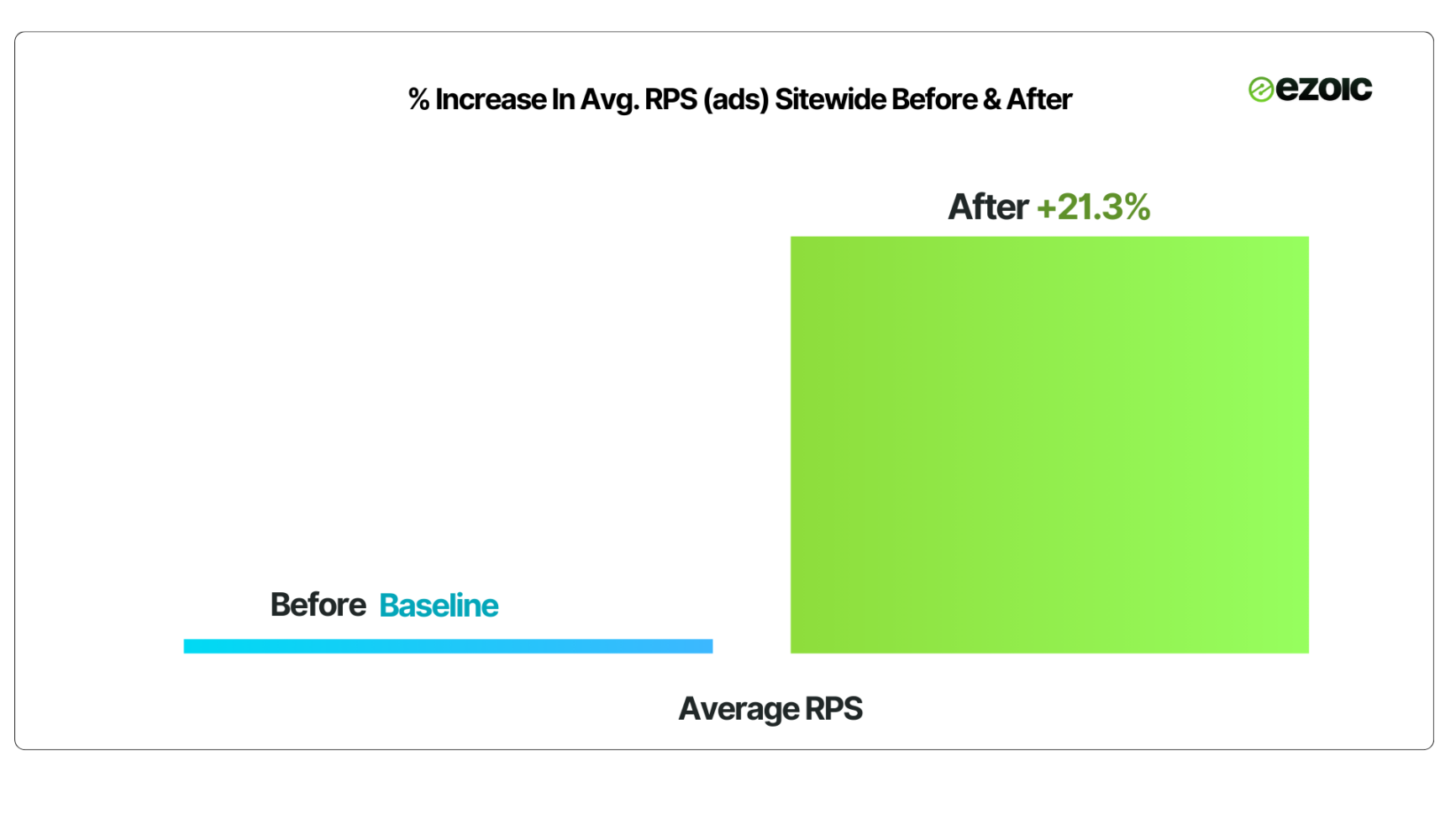
The “Thirst for First” Effect
Before Q4 2024, Adam implemented ezID to integrate first-party data identity protocols. Almost immediately, his revenue per session (RPS) jumped by 21%. He soon discovered that advertiser platforms used first-party data not only for targeting but also as a proxy for site quality, driving higher bids and more competition for his ad space.
For audience segments matched to advertiser ad-IDs via ezID, the results were even more impressive: a 53% increase in RPS. In total, Adam’s first-party data efforts generated an additional $50,000 in Q4 revenue beyond his projections. He dubbed this effect the “Thirst for First”—as advertisers actively sought out high-quality, first-party data-driven inventory.
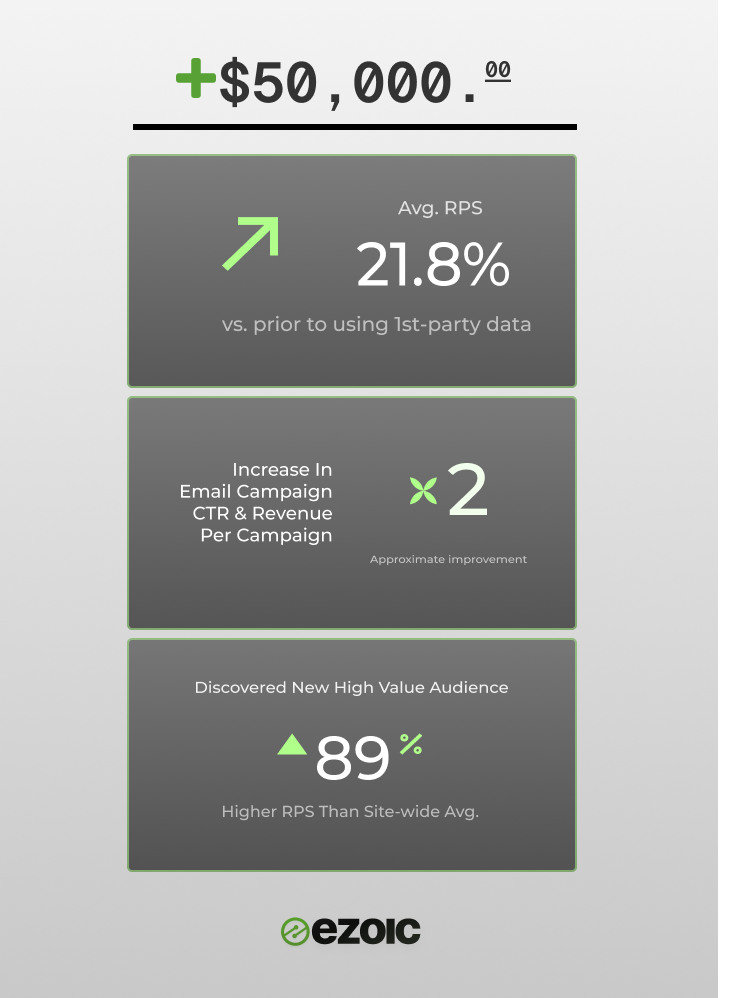
Implementing First-Party Data In Practice
The publisher implemented ezID by working with Ezoic’s team to implement unique identifiers across md, sha256, md5, and sha1 one hashing protocols to maximize the coverage across respective compatible user identity protocols on the demand, or advertising, side of programmatic buying.
The publisher synced their list and Ezoic hashed the emails and allocated IDs; allowing the list to remain private and secure in the publisher’s possession. These IDs were applied on site from logged in users by pairing the unique ID provided by ezID to the account’s user ID on the site. Parameters were also applied as a shortcode or variable inside the publisher’s email provider so that all newsletters sent included embedded links unique to the user email .This allowed the site to provide first party data to advertisers for the majority of traffic on the site.
The Power of Data-Driven Publishing
By leveraging first-party data, Adam transformed his business from a declining SEO-dependent site into a thriving, self-reliant media brand. The numbers spoke for themselves:
- Ad-ID matched segments earned 50.2% more per session compared to non-matched and unknown segments.
- First-party data identity protocols led to a 21.8% average increase in RPS across all traffic.
- Revenue per visit increased by 40%, adding over $50,000 in additional Q4 revenue.
- Ad fill rates improved by 16%, increasing competition for available inventory.
- Highly targeted email campaigns based on first-party data insights achieved nearly 2x higher CTRs.
- Paid social campaign costs dropped by 30% while increasing ROI through refined audience segmentation.
Adam’s story is a testament to the evolving landscape of digital publishing. While many publishers continue to struggle under the weight of platform changes and ad market volatility, those who embrace first-party data are discovering a path to independence and profitability. With the right tools—like ezID—what once seemed like a complex technical challenge is now a straightforward, high-impact strategy.
Adam isn’t stopping here. Armed with a proven model, he’s expanding his efforts and aggressively pursuing new publishing opportunities built on the principles of audience ownership and data-driven monetization. His success signals a broader shift in the industry—one where publishers who control their audience data can unlock untapped value and thrive in a post-cookie world.


